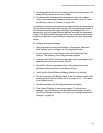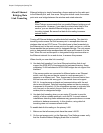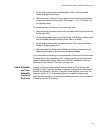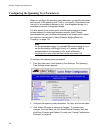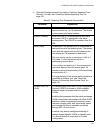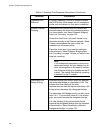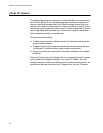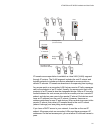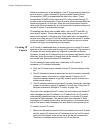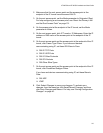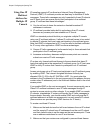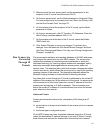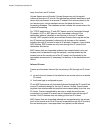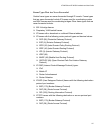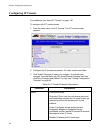
AT-WA7500 and AT-WA7501 Installation and User’s Guide
141
IP tunnels use encapsulation to establish a virtual LAN (VLAN) segment
through IP routers. The VLAN segment includes the root IP subnet and
logically extends to include end devices attached to access points on
remote IP subnets. IP tunnels are branches in the spanning tree topology.
Any access point on a secondary LAN that can receive IP hello messages
can be the endpoint of an IP tunnel. Usually, the access point that is the
endpoint of an IP tunnel is also the designated bridge. After an IP tunnel is
formed between the root access point and an access point on a remote IP
subnet, end devices can roam to the remote IP subnet. End devices must
have an IP address from the root IP subnet. However, there are no
address restrictions for non-IP end devices. When end devices roam to the
remote IP subnet, their data is IP tunneled back to the root IP subnet
(where it belongs) and everything works properly.
If you have a DHCP server in your network, it must be on the root IP
subnet. All access points on secondary LANs must have permanent IP
addresses. On the root access point, you must allow IP multicast frames to
pass.
Primary LAN
(root IP subnet)
Root
Host
IP router
IP network
AP2
Secondary LAN
(remote IP subnet)
Designated
bridge
AP4
AP5
IP router



